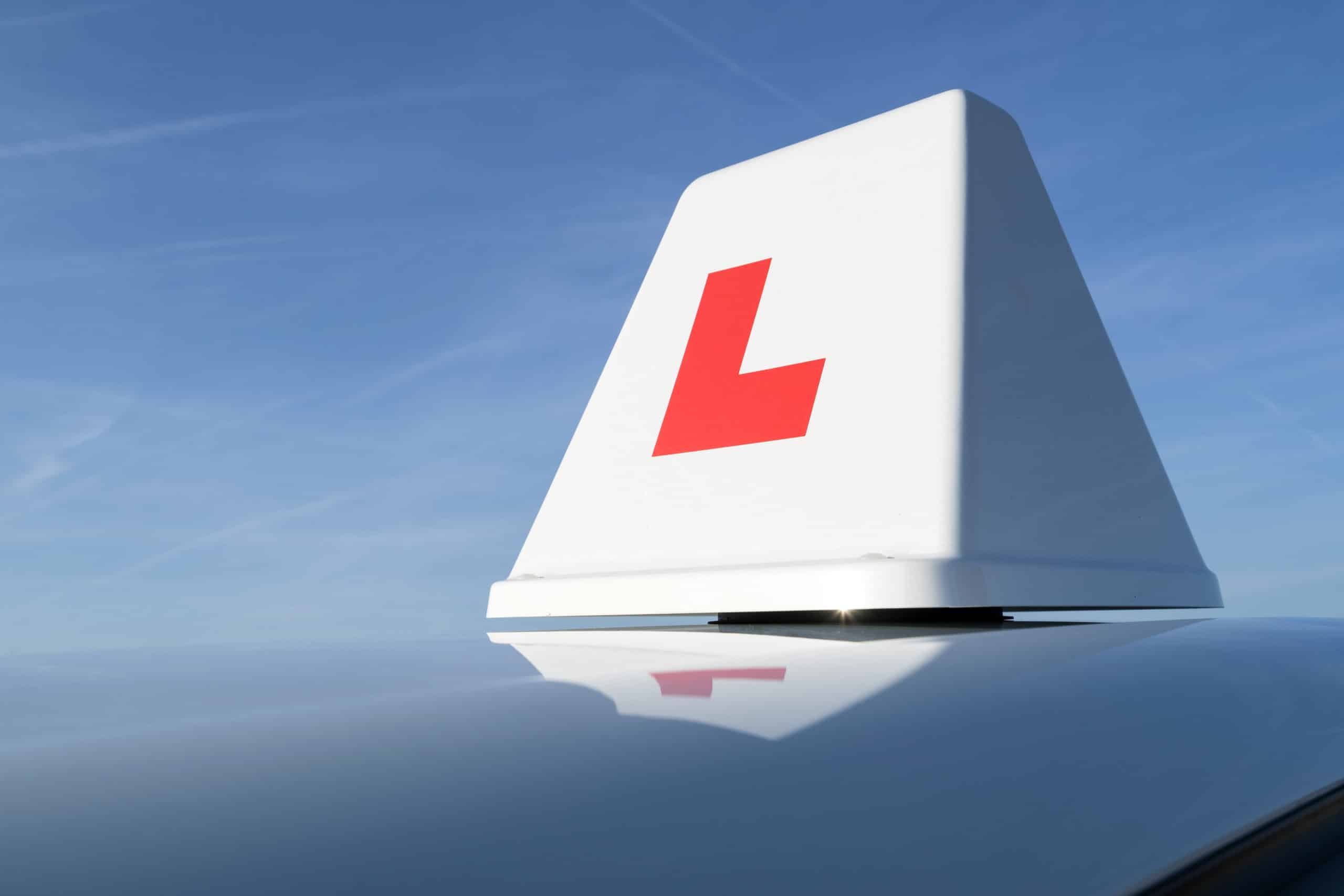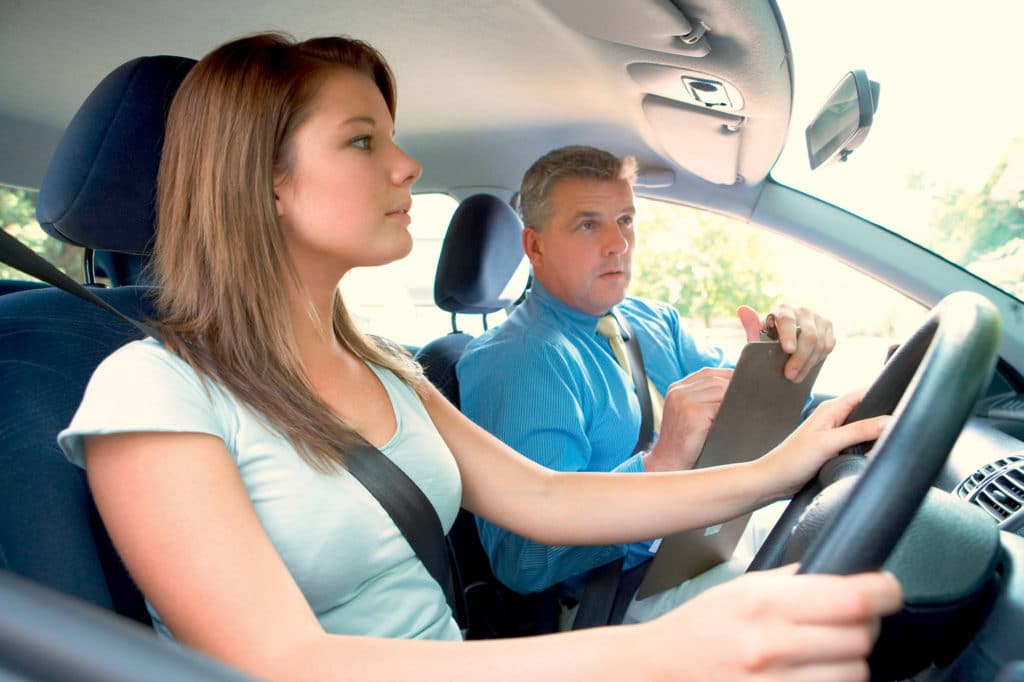Top Driving Test Fails 2019
The Driver and Vehicle Standards Agency (DVSA) has revealed the top 10 reasons people failed the new driving test in its first year.
DVSA is encouraging learner drivers to spend more time practising their driving skills and techniques in these areas, using a variety of different roads, such as country roads and dual carriageways.
DVSA also wants learners to spend more time practising driving in different road conditions, such as driving in rain and driving in the dark.
This will better prepare them for a lifetime of safe driving.
Top 10 reasons for failing the driving test
The most common faults made during driving tests between 4 December 2017 and 3 December 2018 were:
Junctions – observation.
Mirrors – change direction.
Control – steering.
Junctions – turning right.
Move off – safely.
Response to signs – traffic lights.
Move off – control.
Positioning – normal driving.
Response to signs – road markings.
Reverse park – control.
Insufficient observation at junctions and not using mirrors effectively when changing direction accounted for 368,047 test failures.
You automatically fail your driving test if you make a serious or dangerous fault – sometimes called ‘majors’.
Driving test faults reflect the factors that cause accidents
39% all accidents in Great Britain in 2017 were a result of a driver failing to look properly
Source: Contributory factors for reported road accidents
The faults being made in driving tests reflect the factors that cause accidents on Great Britain’s roads. In 2017, drivers failing to look properly contributed to 35,993 accidents. It was the most common contributory factor in accidents.
Driving safely on all types of roads
Mark Winn, Chief Driving Examiner, said:
It’s vital that learners can drive safely and have the skills to drive on all types of roads before taking their test. The driving test helps get drivers ready for a lifetime of safe driving and makes our roads safer for all.
Failing to look properly at junctions is the most common serious or dangerous test fault and the largest cause of accidents in Britain. Good observation, including proper use of mirrors, is a crucial skill that drivers must learn.
Avoiding common driving faults
The Highway Code provides rules, guidance and advice on avoiding these common faults, including:
looking all around before emerging from a junction, and not crossing or joining a road until there is a gap large enough for you to do so safely
using your mirrors frequently so that you always know what is behind and to each side of you, and using them in good time before you signal or change direction or speed
maintaining a steady course and positioning the vehicle correctly in the road
Dealing with nerves
It’s normal to be nervous before your test. If you’re properly prepared and your driving instructor thinks you’re ready, you do not need to worry. The driving examiner is not trying to catch you out – they just want to make sure that you can drive safely.
The Official DVSA Guide to Driving – the essential skills is full of advice that will help you prepare and stay safe on our roads.



